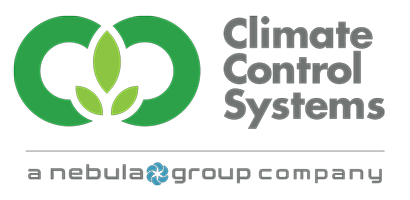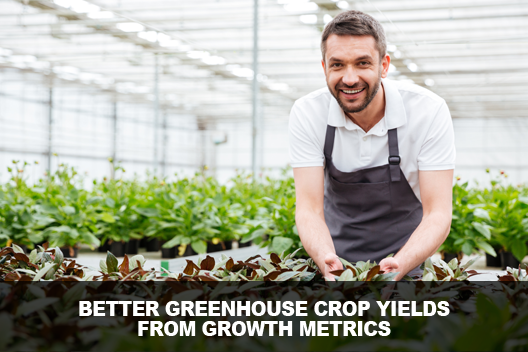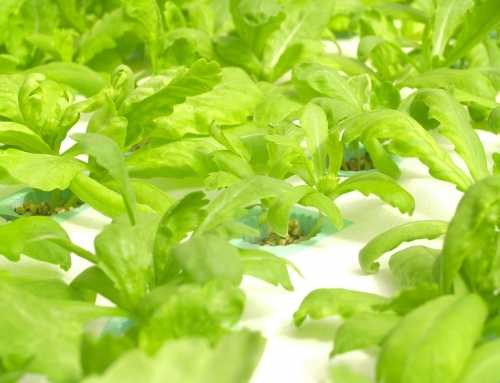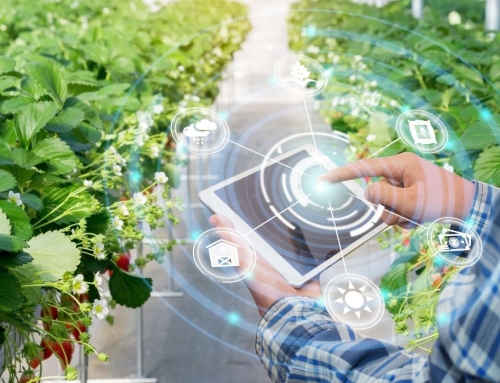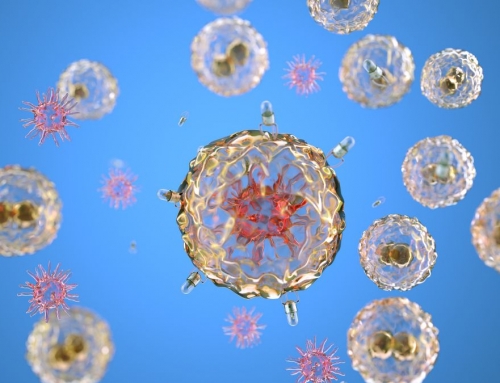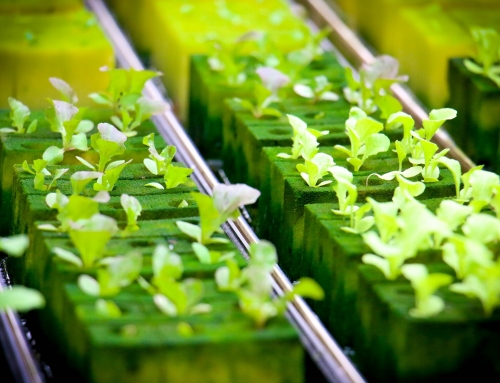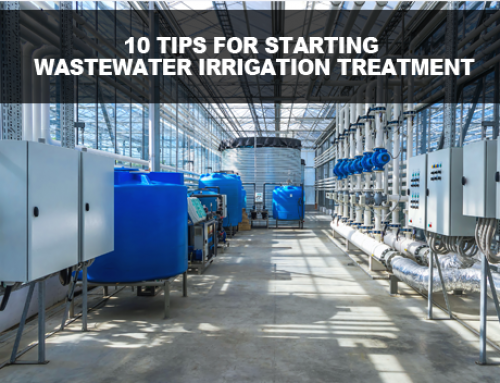By 2050, the population on earth will reach approximately 9.7 billion people, almost 25% higher than it is in the world today. Virtually all of the population growth is predicted to happen in developing countries and overseas.
How are we going to feed all of these people?
Well better greenhouse crop yields can be a benefit to both the budding population and operation owners alike. Plants, whether grown in a controlled greenhouse environment or outdoors such as tomatoes, cucumbers, lettuces, rely on water, microbes, nutrients, air, and light for nourishment and growth.
If we were to enhance certain elements in the growth cycle of these plants then our yield potential will increase, especially in the case of the greenhouse crops.
Look, even though the sun is the perfect source of light, this is nature, after all, and it can’t be turned on and off like a light switch. The more we control the growing cycle, internal conditions and soil quality the more… our bottom line sales and yield will increase.
What Factors Effect Growth Potential?
Growing in a greenhouse will increase your annual yield if you can control the main factors that effect plant growth, mainly light, water and nutrients. However, you will also need to measure and find tune these conditions to provide the perfect growing environment for your crop. Measuring and monitoring your climate control, irrigation and crop production will provide you with the best crop yields.
Greenhouses can be automated at different levels to increase productivity, to improve crop quality and yield, while reducing labour costs and maximize efficiency.
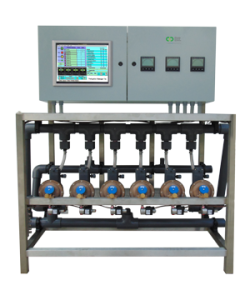


An automated fertigation system, for example, manages the timed irrigation and nutrients independently, accurately and consistently. This is a major leap forward from manual watering, and mixing of fertilizers. Crop feed formulas can be programmed into the automation software, and crop production increases.
Another important factor here is how well you manage on-premises water recycling, as it can mean the success or destruction of every crop.
We will cover proper water management technologies below.
Climate Control Systems – Commercial Automation for Better Crop Yields
At Climate Control Systems we have been helping greenhouse owners with better crop yields for over 50 years. Our advanced greenhouse automation systems, can help with everything from measuring soil conditions to better crop production.
The real benefit is the compound effects from these greenhouse technologies that help farmers increase crop yields year after year. Essentially, for the investment in greenhouse automation, the growers receive a quick payback or return on investment.
Our experts will work hand in hand with your team in the field to ensure proper set-up of all equipment and cover other techniques of our greenhouse solutions.
What 4 Things Really Increase Crop Yields?
What really causes a significant increase in plant growth and increased crop yields? There are a number of factors which likely contribute to sustained crop yields. Increasing crop yields seems fairly simple on the surface, as they were mentioned earlier….
- Climate
- Light
- Water
- Nutrients / Food
Climate
Climate conditions are a major factor for plant health, Humidity and Temperature can all be controlled by a greenhouse computer, that can measure the internal environment in real time. The effect of humidity in the air is profound for successful plant growth. This is essential for crop survival and productivity.
The true different between growing with or without automation, is the advantage of changing all growing conditions on autopilot. With the help of our Climate Manager greenhouse automation computer, you can dial in the exact set-points for each growth metric, that effects crop production.
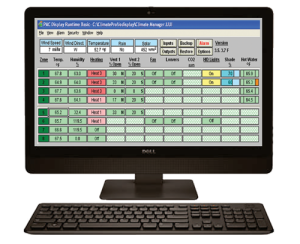


This is years of proven growth science and research at your fingertips!
With your new computer software, you can set levels for every condition in the greenhouse that can give you a competitive advantage over the competition. Setting the right values for Carbon Dioxide (Co 2) for plant growth potential, becomes easy and automatic.
Light
Light is the driving force for photosynthesis, a plant process that changes sunlight into chemical energy. During photosynthesis, water is split in a chemical reaction in which it is separated into oxygen and hydrogen, and carbon dioxide (CO2) is converted into sugar.
A general rule of thumb is that 1% more light will give you a similar percentage increase in plant growth, resulting in a 1% higher yield.
There are a few lighting options to equip your greenhouse for increased crop yields. HPS lighting remains the most popular choice with a proven track record for vegetable growers. While Cannabis growers seem to prefer the spectrum of light that LED lighting technologies can provide.
No matter which option you go with we can help you automate your lighting with scheduling and growth metrics for your crops.
Water
Remember the title of the article? “The 1 Metric that You Are NOT using for Better Greenhouse Yields“, we are now going to cover what you have been missing. Good planting practices, start with quality seeds, soil testing, and of course water conditions for the irrigation system.
For as long as we can remember Greenhouse owners measured 2 things for water quality:
- E.C (Electrical Conductivity)
- P.h (Potential of Hydrogen)
- ???
But there is another, before we tell you what that is, lets cover the first two quickly.
What is Electrical Conductivity in Water?
EC or Electrical Conductivity of water is its ability to conduct an electric current. Soluble salts or other chemicals that dissolve in water can break down into positively and negatively charged ions. So why is this important to crops and the greenhouse grower?
In common growing media, common soluble salts are calcium, magnesium, sodium, chloride, sulfate and bicarbonate. Smaller quantities of potassium, ammonium, nitrate and carbonate are also found. So when we analyze the E.C. of the water, it is a great method to quantify the concentration of soluble salts in growing media. As soluble salts increase the media, the solution becomes a better conductor of electricity and the EC increases.
Why it Matters: Basically, we want to find the right balance of salt levels in the water. This may involve reducing the concentration and frequency of the fertilizer being applied and watering thoroughly to leach out excessive salts. Our Fertigation manager helps you with setting the right fertilization levels and help achieve continuous crop growth.
What is P.h. in Water?
Pure water has a pH of 7 and is considered “neutral” because it has neither acidic nor basic qualities. The pH of the water used to irrigate plants is important especially at the roots of the plant. Again, Ph is about finding the balance between too acidic (toxic for plants) nor too basic. The conditions of both the water and the root zone, should be around a 6.5- 7.5 for ideal agricultural productivity.
A pH value that is too low or too high can be detrimental to your plants, so it is important to get it right. If the Ph is too low (acidic), Most nutrients will dissolved easily, and too quickly. Which can cause an excess of manganese, aluminum and iron. If pH is too high (basic), Most nutrients dissolve less easily, and too slowly. This causes calcium, iron and phosphate compounds to precipitate or form solid deposits. This can also cause your drip irrigation systems to become blocked over the long term.
Why it Matters: When your water and root zone conditions are at the right Ph you will see your yield potential increasing. Finding the right Ph balance means your plants will absorb the right amounts of fertilizers and soil fertility will increase. This is essential for crop survival and resilience.
Greenhouse owners can achieve the right Ph output, and do testing right at the root level of the growing medium. Have a look at our Fertigation manager with and easily achieve the right amount of Ph at all times to improve crop health.
What is ORP in Water?
What is ORP or Oxidation Reduction Potential is a direct measure of disinfection power. Oxidation-reduction potential or ORP measures the rate of oxidative disinfection caused by the addition of the effects of all oxidants in the irrigation water.
Now this is the secret metric we were talking about!!!
The the above description sounds like something right out of a science textbook, but I will explain both the benefits and why it matters for your irrigation feed solutions. It really comes more into play with recycling and water waste management.
Growers have long focused on things like growing mediums, planting practices, quality seeds and even CO 2. Where we have to ensure the proper circumstances in the water are met, for both irrigation and the fertilizer application itself. This article aims at educating you on why it is fundamentally important to focus on treating your greenhouse waste water, and embracing new ozone recycling technologies.
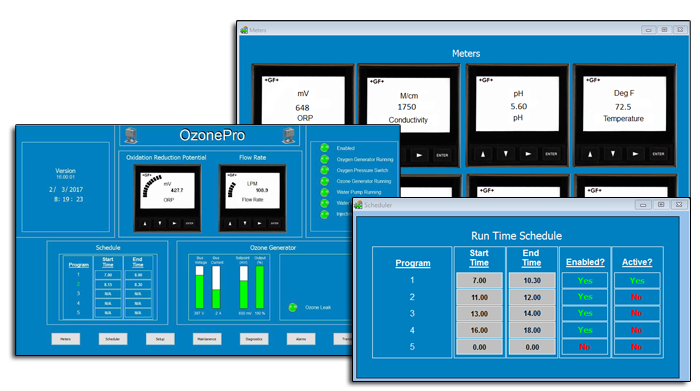


Our ozone pro water treatment systems accurately measures the ORP of your irrigation water. We like to call it, “The Lifeline to your Crops” as any farmer will tell you… Get the wrong type of bacteria in your water, and you are looking at some devastating crop losses. ORP is a simple metric that you can use to see how many oxidants, or how much disinfection power is currently in your water at the current time.
Why it Matters: This one vital metric is a great way to tell you how clean your water is, or put another way, how quickly it can reset itself to a nominal level. Ozone water recycling technology had really taken off in the last few years, with many growers writing about the benefits as well as local Municipal Governments using the techniques in their own waste water management plants.
Choosing the Right Water Recycling System for Your Greenhouse Operation
Water quality is the main thing that impacts yield potential and we are really going to expand on WHY in a second. Ozone kills 99.9% of all pathogens and bacteria in your waste water. However, what you may not know is…..
Ozone dissolves back into Oxygen after disinfecting the water…
Not only are your going to be cleaning your water but you are going to see a major crop yield increase because of the new amount of oxygen in the water. Oxygen is the life giving force for everything on the planet, and using Ozone purification has many advantages over other water treatment systems, especially for increase yields.
Contact CCS Inc. Today!
So if you are looking for a greenhouse automation solution that can increase production, productivity and your crop yields. Invest in the best water recycling techniques, backed by real growing science.
Reach out to us today, for any questions on our greenhouse products, or how we can help you make your operation increase it’s yield potential and maximize your bottom line.
